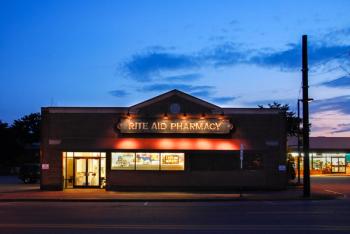
Radon Exposure Linked to Malignant Melanoma
Radioactive particles attack skin and increase the risk of skin cancer.
Residential radon exposure increases the risk of developing malignant
Radon is a radioactive gas originating from granitic and metamorphic rocks and soil. It is both odorless and colorless. The level of residential radon exposure depends on the geological conditions of an area, and how well a house is sealed to prevent vapor intrusion.
Exposure to residential radon can have a negative impact on health. It is the second leading cause of lung cancer in the United States, only second to cigarette smoke. Federal agencies estimate that radon gas causes a minimum of 15,000 to 22,000 lung cancer-related deaths per year.
In a study published in Environmental Health Perspectives, investigators analyzed 1900 deaths caused by malignant melanoma between 2000 and 2008, in patients 20 years and older in Switzerland.
Exposure was modeled based on 45,000 measurements and accounted for housing characteristics and the geological conditions of the area.
“Our study shows that, when radon decays, radioactive alpha particles not only destroy lung tissue but can also affect the skin,” said author Martin Röösli. “This has rarely been researched in the past.”
Among 30-year-olds, the relative risk for skin cancer increases approximately 50% per 100 Bq/m3 increase in radon exposure, compared with only 16% among 60-year-olds.
“The younger the individual is, the greater the impact of radon on the risk of developing the disease,” Röösli said. “The strengths of the Swiss TPH study are that it was a longitudinal analysis of the total population of Switzerland and that the effects of radon were modelled for every single household.”
Switzerland has the third highest incidence rate of malignant skin cancer worldwide, and has more than doubled in the last 2 decades. Appropriate house construction can help significantly reduce residential radon exposure, the authors noted.
Newsletter
Stay informed on drug updates, treatment guidelines, and pharmacy practice trends—subscribe to Pharmacy Times for weekly clinical insights.




















































































































































































































